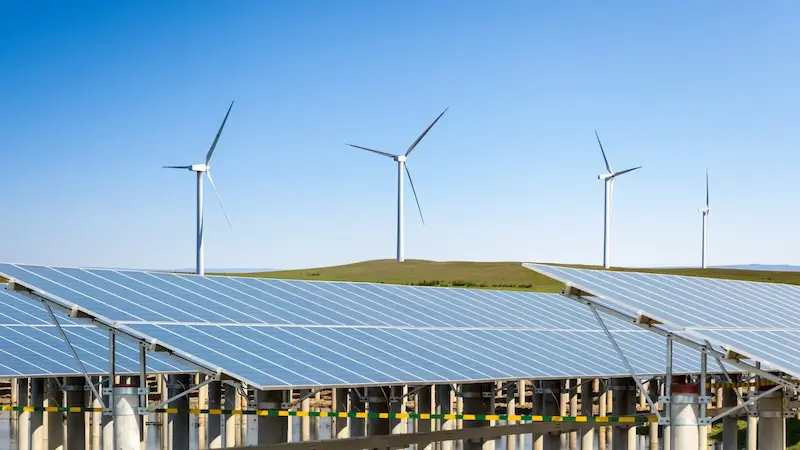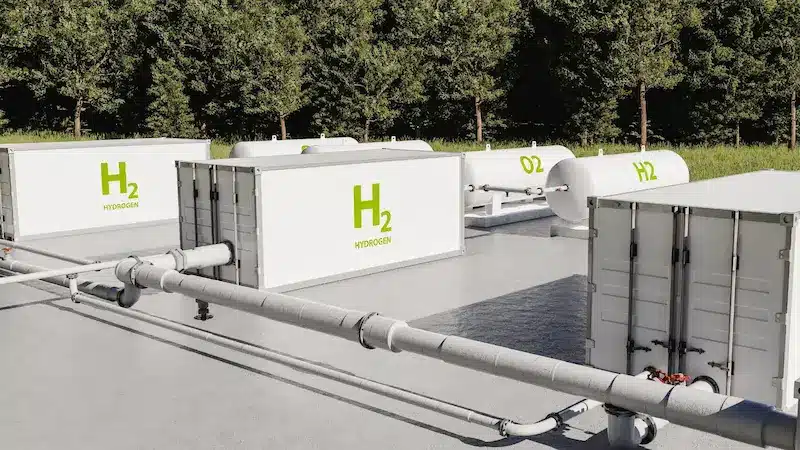From diversification of sources to the integration of emerging technologies, Latin America is undergoing a transformation in its energy infrastructure. 2024 begins with a promising outlook for the region in terms of renewable energy. This article highlights four key trends that are shaping the region’s renewable future.
Scaling up renewable energies
The United Nations Annual Conference on Climate Change, in its 28th edition (COP28), agreed to increase renewable energy generation threefold by 2030 to at least 11,000 GW and to improve energy efficiency twofold.
This target is in addition to the initiatives already proposed since 2015, to limit the temperature increase to 1.5°C, caused by global warming. To achieve this goal, the Conference set a reduction in global greenhouse gas emissions by 43% by 2030 and 60% by 2035 relative to 2019 levels, and to reach net zero carbon dioxide emissions by 2050.
Efforts must be global and local, to ensure real and effective changes in energy infrastructures.
Increased renewable energy generation capacity
According to a recent report by the International Energy Agency, the capacity to generate renewable energies will soar by 107 gigawatts (GW) to over 440 GW in 2024. This represents the largest absolute increase in history, which will facilitate the implementation of more environmentally friendly alternatives for power generation.
The report reiterates that approximately 87% of the global growth in renewable energy capacity in 2023-2028 (utility scale) should be stimulated by policy programs. On these government initiatives will depend the access to implement cleaner changes in the infrastructure of companies.
Green hydrogen is positioned as a clean alternative
On the other hand, the Inter-American Development Bank (IDB) and the Latin American Energy Organization (OLADE), launched the CertHiLAC project, a certification for the production of clean and low carbon hydrogen in the region. Countries such as Argentina, Bolivia, Chile, Colombia, Mexico, Panama, Paraguay, Dominican Republic, Uruguay, among others, signed a joint declaration for the implementation of this project.
Its objective is to facilitate exports of clean hydrogen to other regions. This initiative is in addition to the commitments to accelerate the decarbonization of heavy industries in Latin America and the Caribbean.
In addition, the aforementioned institutions prepared a guide for the implementation of this project. This includes an action plan that develops the steps to set up the system, the establishment of governance and financing strategies.
Energy storage and management
As a result of the increase in energy consumption worldwide and, consequently, the demand for efficient energy sources, a growing demand for energy storage is also anticipated. In addition, the transition to renewable energies is favoring the growth of this market worldwide.
In this respect, energy storage plays a key role, as it can act as a reserve or as an alternative source of electricity, compensating for both generation and demand. Experts believe that energy storage systems can moderate congestion problems in power transmission networks and postpone investments in transmission and distribution infrastructure, among other functions.
For its part, the International Development Bank developed an analysis of the main elements that can favor the implementation of these systems in Latin America. Within this regulatory framework, the definition and treatment of the term “storage” should be included, as well as the consideration of the conditions of access and connection to the grid, in addition to the permits and authorizations for the development of this type of projects, among other points.
What measures will your company take?
In conclusion, this year could make a transcendental difference in the transition to renewable energies, if the initiatives proposed by the corresponding entities are taken into account. Today there are several clean alternatives that are just as efficient as those produced by fossil fuels. The decision is up to each one of us.


